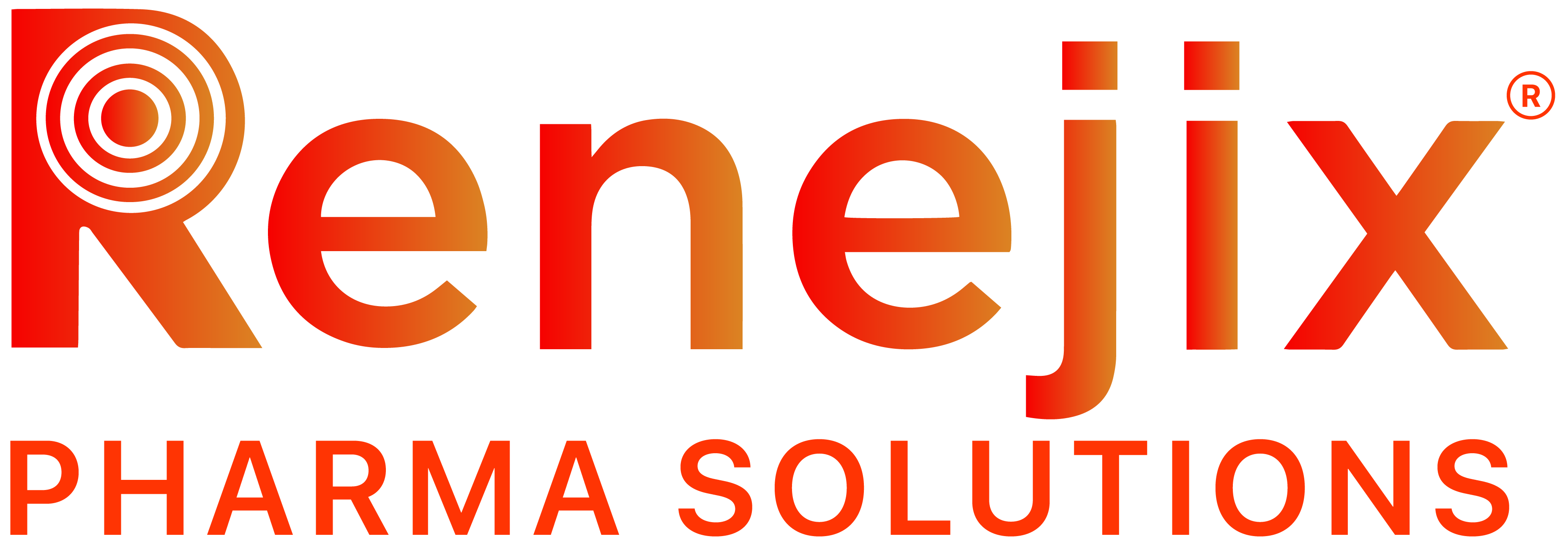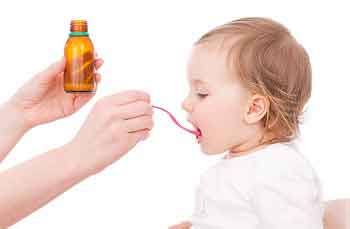
Lipid-based drug delivery systems are being recognized as an immensely promising and groundbreaking platform for the development of drug products that integrate active pharmaceutical ingredients (APIs). These systems introduce diverse formulation challenges to drug developers, which have resulted in a progressively embraced and utilized implementation of lipid-based formulations (LBFs). The extensive use of LBFs is apparent from the abundance of FDA-approved drug products that rely on them for improving bioavailability. The limited aqueous solubility and/or restricted membrane permeability of many APIs contribute to poor bioavailability, resulting in suboptimal target exposure levels and variable absorption within and among subjects due to food effects. LBF approaches provide significant advantages in addressing these issues. Table 1 provides a detailed overview of the essential benefits offered by LBF approaches. Overall, the use of LBFs presents a promising strategy for optimizing drug delivery and enhancing therapeutic efficacy, promoting the development of effective drug products.
- TABLE 1 CHALLENGES OF API AND HOW LIPID-BASED FORMULATION (LBF) COULD MITIGATE THEM
| Difficulties | Advantages |
| Limited water solubility leading to inadequate bioavailability | Availability of a diverse range of excipients for solubilizing the API |
| Restricted membrane permeability resulting in low bioavailability | Excipients that impact both transcellular and paracellular pathways |
| Extremely low doses leading to inconsistent dosage uniformity or safety concerns during handling | Abundance of excipients for developing accurately dispensed solution formulations |
| High instability due to oxidation | Processing and unit dose filling techniques that minimize exposure |
| Challenges in formulation and/or processes caused by difficult API properties, leading to extended development timelines | •Enhancement of API solubility in vivo through self-emulsification/digestion properties •Increased absorption rates •Reduced variability in absorption •Excipients that interact with intestinal-based efflux or metabolism mechanisms |
| Approval of formulations containing the API by regulatory authorities | Wide array of orally safe (GRAS or IID) excipients |
•Multiple approaches to address API challenges, such as poor bioavailability, low dose uniformity, and safe handling of potent compounds •Straightforward formulation and processing methods that are easily scalable. |
Classification System for Lipid-Based Formulations
The Lipid Formulation Classification System, which is presented in Table 2, serves as a vital tool for classifying lipid-based drug delivery systems based on their composition and their behavior during digestion and dispersion in-vivo. The composition of a lipid formulation determines its digestion and dispersion characteristics, providing valuable insights. Lipid-based formulations that contain highly lipophilic components like fatty acids, triglycerides, and mono/diglycerides are easily digestible and, upon digestion, form micelles and mixed micelles, thereby facilitating their dispersion in the body.
Surfactants with an extremely low or high hydrophilic-lipophilic balance (HLB) (<12 or >12, respectively) offer a strategic and effective approach to enhance the dispersion and solubilization of formulations. Careful selection and seamless integration of these surfactants empower drug developers to optimize the performance of the delivery system and ensure smooth drug release.
- TABLE 2 LIPID FORMULATION CLASSIFICATION SYSTEM
| type i | type ii | type iiiA | type iiiB | type iv | |
| Composition % | |||||
| Triglycerides or mixed glycerides | 100 | 40-80 | 40-80 | <20 | N/A |
| Surfactants (HLB<12) | N/A | 20-60 | N/A | N/A | 0-20 |
| Surfactants (HLB>12) | N/A | N/A | 20-40 | 20-50 | 30-80 |
| Hydrophilic cosolvents | N/A | N/A | 0-40 | 20-50 | 0-50 |
| In vivo behavior | |||||
| Appearance upon dispersion | Non-dispersing | Turbid | Clear or almost clear | Clear | Clear |
| Behavior upon dispersion | Poor solvent capacity | Solvent capacity unaffected | Possible loss of solvent capacity | Likely loss of solvent capacity | Loss of solvent capacity |
| Digestibility | Crucial | Not crucial, likely | Less likely | Not likely | Not likely |
Furthermore, hydrophilic constituents play a pivotal role in lipid-based formulations (LBFs) that goes beyond the strict classification of lipids. Notably, variations of polyethylene glycol (PEG) such as PEG 400 and PEG 600, propylene glycol, glycerin, water, and ethanol contribute unique attributes to LBFs. These hydrophilic components significantly increase the solubility of the active pharmaceutical ingredient (API) in highly polar solvents, allowing the formulation to adapt to a wide range of drug compounds.
The hydrophilic-lipophilic balance (HLB) of surfactants plays a crucial role in achieving outstanding performance. Surfactants with a low HLB value (<12) exhibit pronounced lipophilic characteristics, which are ideal for enhancing the solubilization and dispersion of lipophilic drugs within the
formulation. Conversely, surfactants with a high HLB value (>12) demonstrate robust hydrophilic traits, effortlessly facilitating the solubilization and dispersion of hydrophilic drugs. By deliberately incorporating these surfactants, formulators can customize the formulation to meet the specific requirements of the API, optimizing its bioavailability and therapeutic efficacy.
Moreover, the inclusion of hydrophilic components such as PEG 400, PEG 600, propylene glycol, glycerin, water, and ethanol provides additional advantages to LBFs. These components have a profound impact on enhancing the solubility of the API, particularly in highly polar solvents. The versatility offered by these hydrophilic additives enables the formulation to adapt to various solvents and drug compounds, expanding the application range of lipid-based drug delivery systems.
By harnessing the exceptional properties of surfactants and hydrophilic components, formulators can meticulously design lipid-based formulations that overcome solubility challenges, ensuring a seamless and efficient drug delivery process that leads to unparalleled therapeutic outcomes. The careful selection and incorporation of these potent ingredients assume paramount significance in optimizing the performance of the formulation, resulting in efficient solubilization, dispersion, and tangible benefits for patient outcomes.

Critical Aspects to Consider when Formulating with Lipids
To develop lipid-based formulations (LBFs) that effectively address the solubility, bioavailability, and efficacy challenges of poorly soluble active pharmaceutical ingredients (APIs), it is crucial to consider several key factors. These factors include gaining a deep understanding of the specific properties and clinical requirements of the API, selecting suitable excipients that complement the API characteristics, conducting comprehensive characterization of the physical and chemical attributes of the formulation, and choosing an appropriate delivery platform tailored to the API and formulation. By focusing on these critical aspects, developers can optimize the design and performance of LBFs, ensuring efficient drug delivery and improved therapeutic outcomes for poorly soluble APIs.
To initiate the development of lipid-based formulations (LBFs), a comprehensive understanding of the properties of the active pharmaceutical ingredient (API) and its clinical requirements is essential. Depending on the API’s bioavailability and dose loading considerations, different types of LBFs may be required. For APIs with low bioavailability, solution LBFs may be appropriate, while APIs with dose loading issues may necessitate suspension LBFs. Conducting solubility studies becomes imperative to identify solvent systems capable of dissolving a sufficient amount of API to support the desired dosage. Furthermore, it is crucial to characterize the particle size and identify a rheology profile that prevents sedimentation and enables proper flow during processing, particularly in the case of suspensions.
After identifying potential excipients, compatibility studies should be conducted to ensure that they are compatible with the API. Based on solubility and compatibility studies, prototype formulations can be prepared. To evaluate these prototypes, dispersion testing can be used to compare relative dispersibility in simulated gastric and intestinal fluids. Lipolysis testing can determine the rate and extent of formulation digestion, and kinetic solubility studies can provide valuable information for predicting the in-vivo dispersion and digestion performance of the formulation system.
When selecting a delivery method for LBFs, the physical and chemical properties of both the API and the LBF containing the API should be considered. Because LBFs often rely on the body’s digestive process for their performance, the solubility of the API in the formulation and the degree of digestibility and dispersion of the formulation can influence the absorption process and should be well-characterized. Regardless of the delivery technology platform chosen for the formulation, adequate formulation characterization to identify and control the critical attributes of the formulation, as well as sufficient stability to support its use, are necessary.Once a lipid-based formulation (LBF) is developed, formulators face the task of selecting an appropriate delivery platform, taking into account various factors, especially when preparing for clinical studies. One important consideration is coordinating the manufacturing of clinical supplies with the clinical schedule, ensuring sufficient time and resources are allocated. The LBF should ideally offer flexibility in dosing, be user-friendly for handling and administration at the clinic. Moreover, ensuring adequate formulation stability is crucial to maintain optimal performance throughout the anticipated duration of the study. Lastly, whenever feasible, the chosen delivery method should align with the dosage form intended for use in subsequent stages of development.
In early-stage development studies, liquid-in-bottle (LIB) or liquid-filled capsules (LFCs) are the most commonly used delivery platforms for LBFs. Liquid-filled hardshell capsules (LFHCs) and softgel capsules (SGCs) are other available options for LFCs. Although LIBs and LFCs offer several advantages over other delivery platforms, the choice of delivery platform should ultimately depend on the specific requirements of the formulation.







